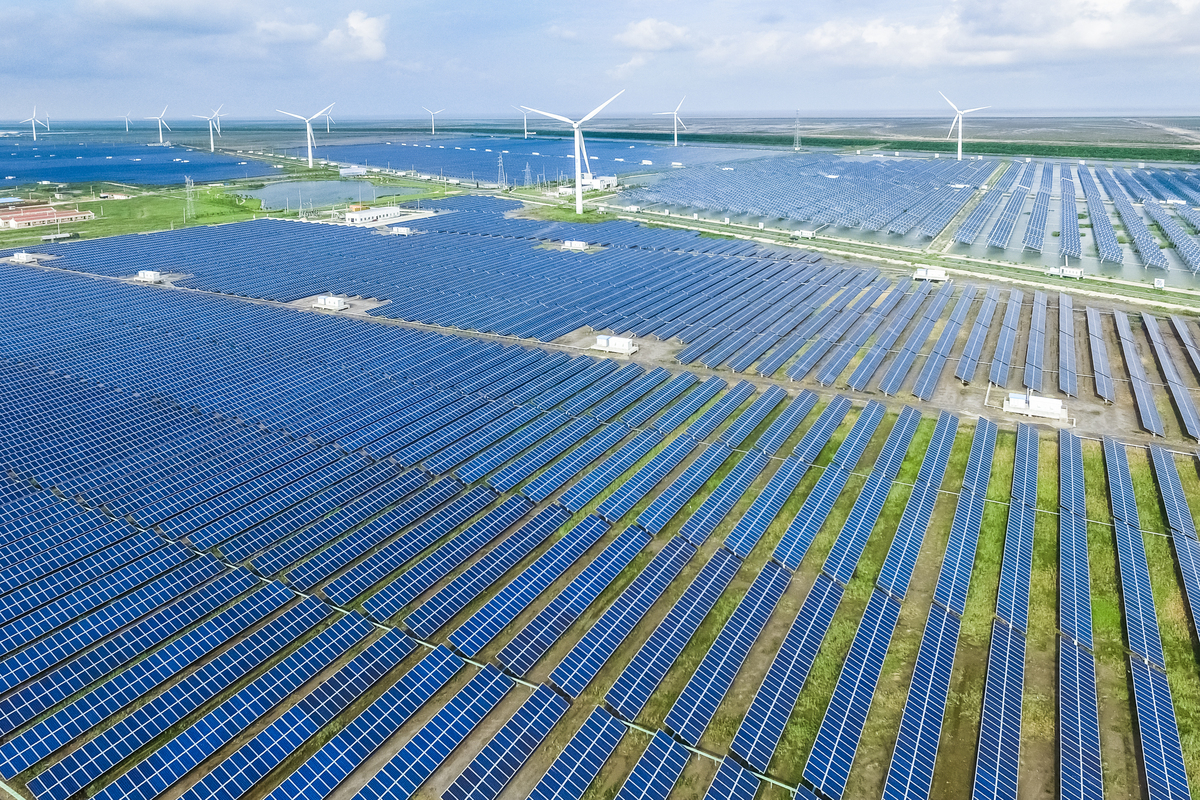Dear visitor,
You're reading 1 of your 3 free news articles this quarter
Register with us for free to get unlimited news, dedicated newsletters, and access to 5 exclusive Premium articles designed to help you stay in the know.
Join the UK's leading credit and lending community in less than 60 seconds.
Ofgem outlines five-year investment plan
Ofgem has outlined a five-year investment package designed to support the move away from a high dependence on imported fossil fuels.

Senior Journalist, covering the Credit Strategy and Turnaround, Restructuring & Insolvency News brands.
Announced today (30 November), the aim of the regulator’s 2023 to 2028 price control plans is to help deliver “cheaper, cleaner, more reliable local grids” at no extra costs to consumers in order to shift the UK’s energy supply to homegrown sources of energy.
The package sets the level of investment Ofgem allows local electricity distributions to make during that period, with the cost of the work recouped through the network charges on consumers bills and by limiting network charges on consumer bills and by limiting network profits and increasing efficiencies.
The regulator said this investment can be delivered without any increase in network charges on bills, which will remain at an average of £100 per year per bill payer.
Commenting on its plans, Ofgem’s interim director of infrastructure and security of supply Akshay Kaul said: “The investment set out today delivers value for consumers, safeguards security of supply and helps ensure Britain is no longer at the mercy of international energy prices or geopolitical events.
“We’ve set the initial amount of investment that local electricity distribution network operators can make in the 2023 to 2028 period, with every pound representing value for money for consumers and no increase in bills.
“The economics of energy have shifted with home-grown cleaner renewables like wind and solar energy proving cheaper than costly imported gas. Together with more nuclear and potentially hydrogen fuelled power, these renewables will contribute to a lower carbon energy mix, better protected from geopolitical events and energy price shocks.
“These new low carbon sources of generation will also need to be connected to an expanded electricity network to meet the growing demand for electricity with millions more electric heat pumps in homes and electric vehicles (EVs) on the road expected over the coming years.
“We’ve carefully considered all the work that will be required and set the budget for the networks, accordingly, driving the increase in capacity needed for net zero as well as delivering more reliable and resilient networks, at no extra cost to consumers.”
Ofgem has also outlined some of the “major changes” it’s expecting to see to the energy system over the next few years. This includes an increased use of renewables including wind and solar energy, with this being backed up by an expansion in nuclear and potentially hydrogen generated energy, with these requiring connections to the grid to enable the energy they create to be transported.
Electricity demand is also expected to rise due to more people using electric heat pumps for homes. Alongside this, the number of electric vehicles on the roads is likely to go up, with the government set to end the sale of new petrol and diesel cars by 2030.
Additionally there’s going to be an expansion in the use of smart and digital technologies – enabling flexibility and potential savings for consumers who will have more control to plan their use through regularly updated peak and off-peak rates in line with when generation is higher or lower.
There will also be the potential for consumers to sell electricity back to the grid when energy is low, while an independent Future System Operator – working as a strategic planner for the British energy system – will be created, alongside a reformed set of local institutions.
Stay up-to-date with the latest articles from the Credit Strategy team
Get the latest industry news






